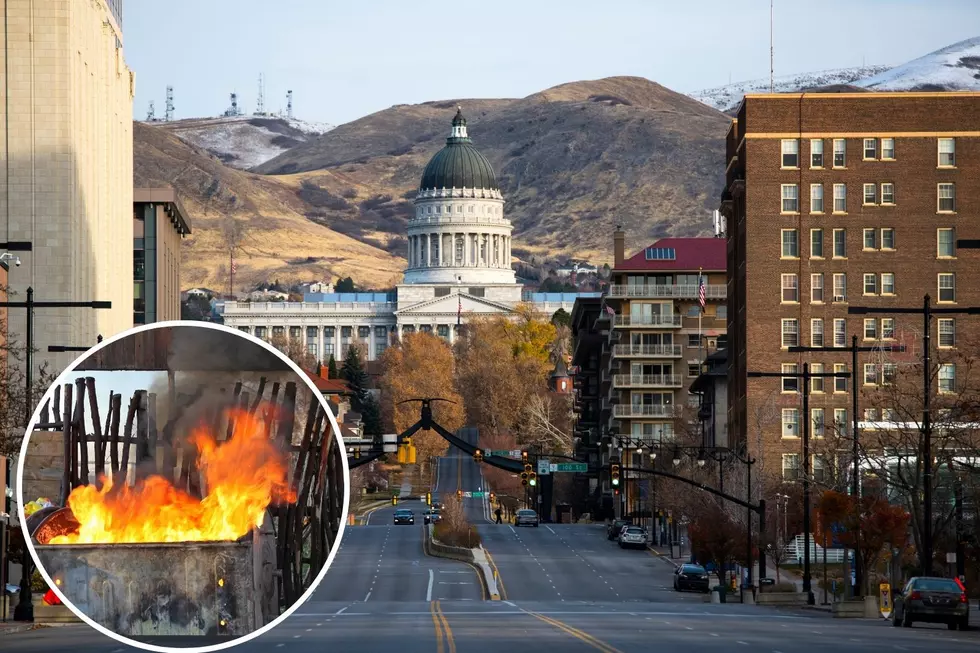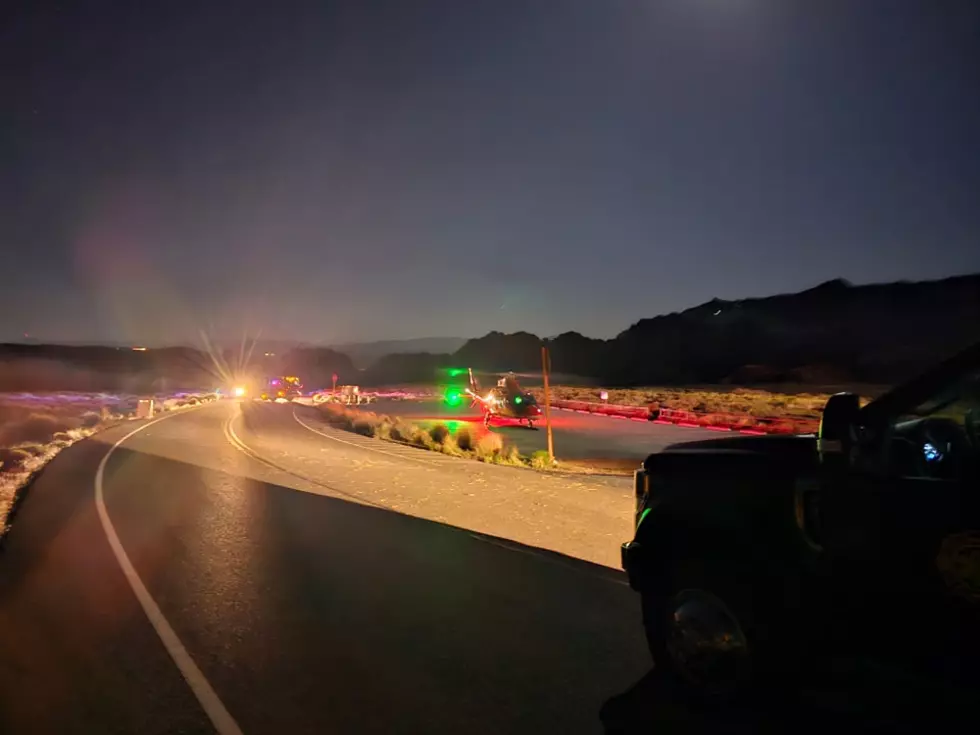
Paddling Down The Atmospheric River Of Life
Remember the Polar Vortex? A few years back it was the meteorological buzzword and was going to plunge us in to the new ice age. Now, before you write this off as some anti climate change rant take take a deep breath. My observation here is from the standpoint of something introduced to put us on high alert and cowering back from living day to day life. And, once it has done that job, we move on to the next fear checkpoint. I can't remember the last time I heard Polar Vortex being used in a weather forecast, although I will admit to not being locked in to the Weather Channel 24/7.
So, we've moved on, and it seem the newest term that is designed to send us all to our panic rooms is the Atmospheric River.
They are real. In fact an atmospheric river(AR) is a long and narrow band of intense moisture in the atmosphere that can transport a significant amount of water vapor from the tropics to higher latitudes. These phenomena are also known as "rivers in the sky" due to their similarity to the flow of water in rivers. ARs are often characterized by a strong low-level jet stream that can extend over thousands of kilometers and carry as much water as several Amazon rivers.
ARs are typically associated with strong frontal systems and are most common in the mid-latitudes of both hemispheres, although they can occur in any part of the globe. The atmospheric rivers can be up to 300 miles wide and can transport 7.5-15 times the average flow of liquid water at the mouth of the Mississippi River. These phenomena can last for several days or weeks, and they can bring massive amounts of precipitation to the areas they affect.
When atmospheric rivers make landfall, the moisture they carry is lifted over mountains, causing it to cool and condense into clouds and precipitation. This process can lead to heavy rain, snow, and flooding, especially if the atmospheric river is stationary or moves slowly. Some of the most severe floods in history, such as the 1861-1862 California flood, were caused by atmospheric rivers.
And of course, we have seen what the recent atmospheric rivers have done to California with some of the residual effects reaching us here in southern Utah.
Atmospheric rivers are important for the Earth's water cycle and can contribute to drought relief in some regions. However, they can also have disastrous consequences, including floods, landslides, and other types of extreme weather events. For this reason, atmospheric rivers are closely monitored by meteorologists and climatologists to improve forecasts and warning systems for severe weather.
But as is the case with most weather patterns, we will likely find ways to navigate the atmospheric rivers that come our way. My hometown, Crestline, California, has spent a good deal of time in the headlines after receiving a reported ten feet of snow in a recent storm. There was undoubtedly hardship, suffering, and I've heard of one death attributed to the storm in that town. The roof of the local grocery store (owned by high school friends of mine) caved in under the weight of the snow. But as it does, life will go on in my hometown. Relief efforts have been exceptional and hands have been outstretched in helping. Eventually, they'll dig out, re-construct where necessary, and get back to day to day life.
And we all can learn from this and work to find the most joy we can as we journey down the river of life....atmospheric or otherwise.




